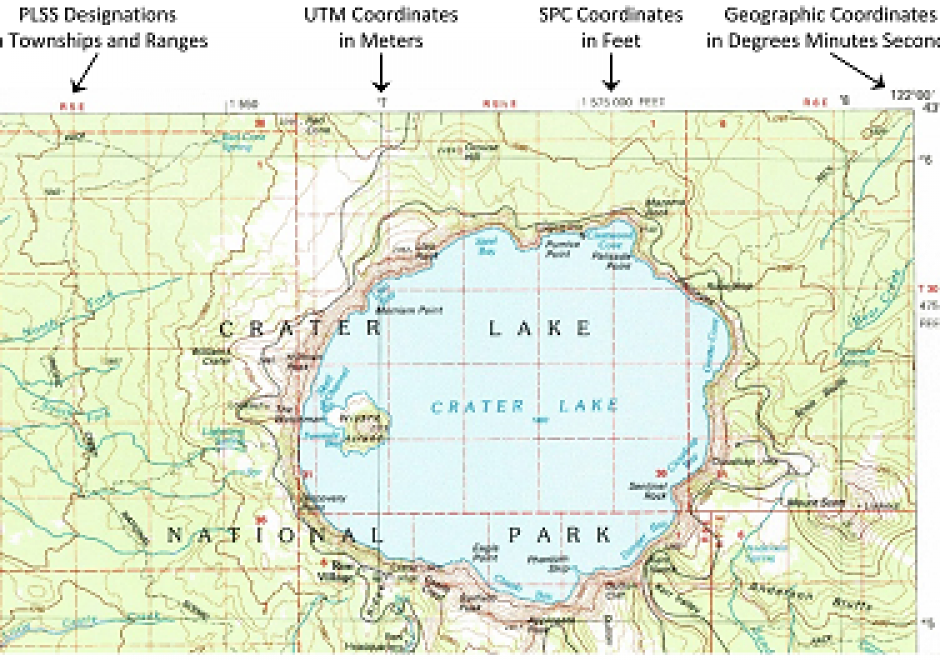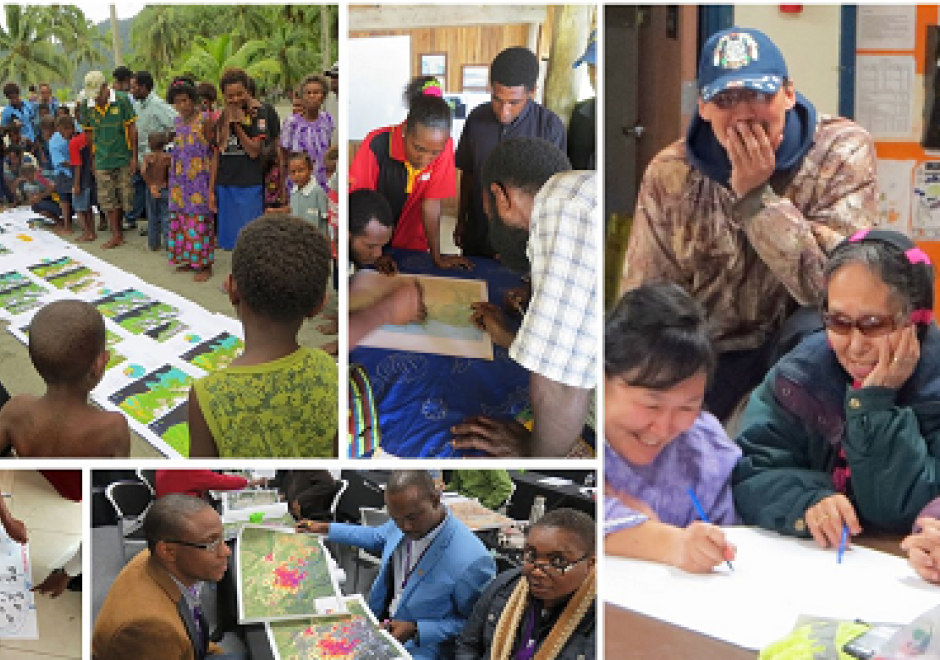CV-22 - Map interpretation

- Identify the landforms represented by specific patterns in contours on a topographic map
- Hypothesize about geographic processes by synthesizing the patterns found on one or more thematic maps or data visualizations
- Match features on a map to corresponding features in the world
- Compare and contrast the interpretation of landscape, geomorphic features, and human settlement types shown on a series of topographic maps from several different countries







CV-34 - Map Icon Design
The use of map icons is an efficient way to condense a map object into a concise expression of geospatial data. Like all cartographic design, map icon design merges artistic and scientific elements into symbolic representations intended to be readily legible to map readers. This entry reviews the types of map icons and elements of icon design, including the ways in which the visual variables are used in map icon communication. As communicative devices, icons are imbued with cultural meanings and can oftentimes lead to the preservation of stereotypes. This review concludes with an examination of icons’ perpetuation of – and challenge to – cultural stereotypes.